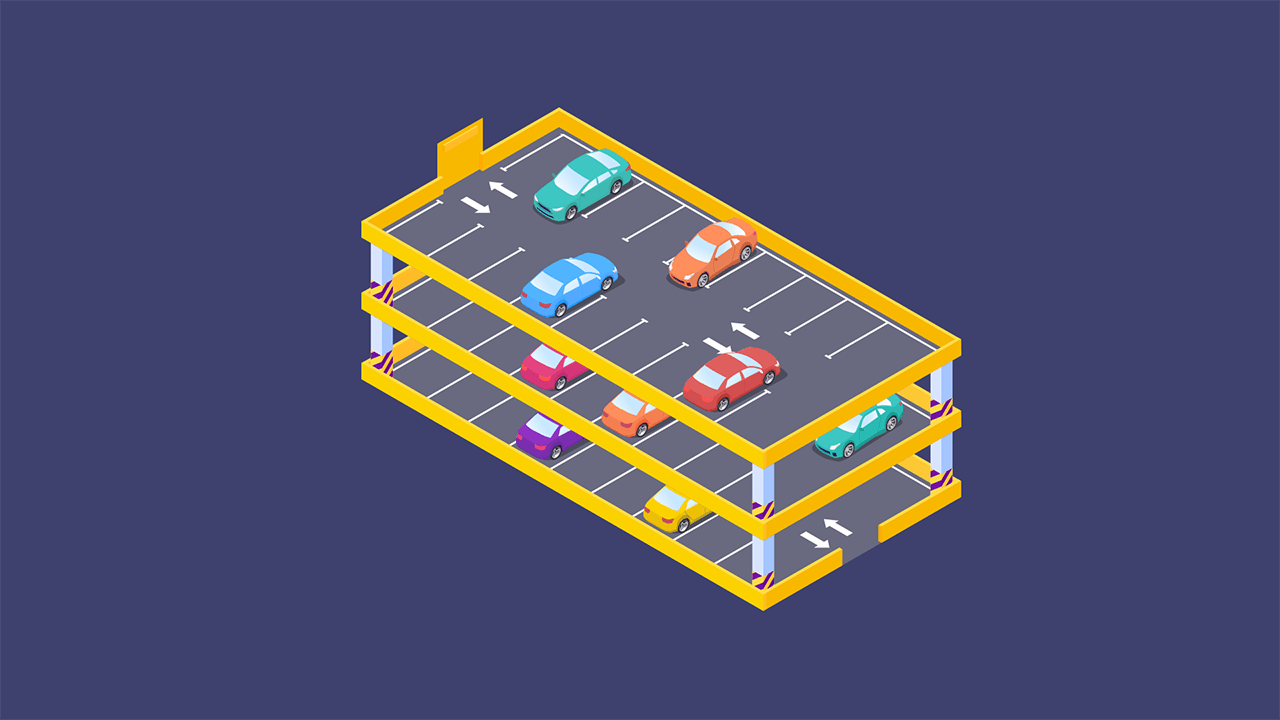Navigate with Confidence: Ultimate Guide to Rural Driving
By Umm e Hani on Apr 16, 2024
Contents
- Understanding Country Roads
- Understanding Speed Limits on Rural Roads
- Understanding Road Signs
- Overtaking on Country Roads
- Expectations on Rural Roads
- That’s A Wrap!
- FAQ
Understanding Country Roads
A country or rural road is typically found outside of towns and cities. These roads are often narrower and may lack clear markings. They are situated in the countryside, away from busy urban areas. Rural roads have less traffic and fewer signs, so extra caution is crucial. Navigating these roads, unlike motorways or city streets, can be tricky due to their unique characteristics.
Understanding Speed Limits on Rural Roads
Country road speed limits are often 60 mph, marked by a white circular sign with a thick black diagonal line. However, specific speed limits may be shown on red and white signs with numbers, and you must follow those posted limits.
Understanding Rural Road Signs
Before your trip on rural highways, learn the road markings and signs you'll see. If you're new to rural roads, some signs might be unfamiliar.
Overtaking on Country Roads
In areas with heavy traffic, overtaking opportunities are typically well-marked and signposted. But on country roads, overtaking can be tricky and risky.
Overtaking on single-lane roads can be intimidating, yet it's an essential skill for confident and safe travel in rural regions.
It's illegal to overtake if there are clear signs or road markings prohibiting it, or if it's done unsafely, recklessly, or without control. For instance, when visibility is poor due to weather conditions or when the road ahead is not clearly visible.
When passing horse riders, give extra space and slow down to avoid spooking the horse. Be considerate - lower the radio, avoid honking or rapid acceleration, and watch for rider signals.
Likewise, provide cyclists with the same amount of room as you would for a car. Only attempt overtaking when it's safe, and signal your intentions.
Overtake slow traffic on narrow country roads carefully. Yield to oncoming cars, drive slowly, and overtake when safe. Signal and check mirrors for a clear path.
Overtaking safely is crucial in rural areas due to limited space and slower road users. Large agricultural vehicles like tractors, combine harvesters, and trucks can obstruct visibility. Always obey speed limits and overtake only when safe and with a clear view of the road.
Keep in mind that recent changes to the Highway Code have altered road user priorities, so stay informed as you make maneuvers on your journey.
Expectations on Rural Roads
Prepare for unique rural road experiences. Enjoy scenic views but be ready for challenges.
Road Quality Concerns
The quality of rural road surfaces can vary, and they might not always be in great condition. Flooding and adverse weather conditions can make them unpredictable and hazardous, especially when dealing with limited space and other road users.
Potholes and Debris
Rural roads often suffer from potholes, cracks, and uneven surfaces. After strong winds, debris can block the road, potentially leading to traffic jams.
Livestock and Wildlife
Rural areas may lack footpaths, leading to people and their pets using the road. Be prepared for encounters with herds of sheep, cattle, and other livestock. Signs usually warn you about these situations. Wildlife like deer, otters, squirrels, ducks, and hedgehogs may also cross the road.
Limited Visibility
Many rural roads have blind bends without clear markings. Traffic, sometimes at high speeds, could approach from around corners. High hedges, trees, and obstructed views can affect your awareness as a driver. Use your horn if needed to alert other road users of your presence.
Nighttime Challenges
Driving in the dark presents additional difficulties. Be cautious with full beam lights, as they can cause glare and distract other drivers from road obstructions.
Reversing and Narrow Roads
Some rural roads are too narrow for cars traveling in opposite directions to pass comfortably. Check your mirrors for traffic behind you and, if necessary, reverse into a lay-by or area to let oncoming traffic pass. This may require performing a three-point turn.
That’s A Wrap!
Driving on a country road can be a delightful journey. Take in the scenic beauty of farms, country houses, fields, and open landscapes as you navigate these less-traveled routes. Keep in mind that rural roads aren't for speeding; instead, they require attentiveness to your surroundings and a consideration for the people and wildlife that call this area home. Drive with care and respect.
FAQ
What Do You Need To Watch Out For When Driving In Rural Areas?
When driving in rural areas, watch out for wildlife, slow-moving vehicles, and pedestrians on the road, as they are common in these regions.
When Driving In Normal Conditions On A Rural Roadway, Your Following Distance Should Be?
In normal conditions on a rural road, maintain a following distance of at least three seconds to ensure safe stopping in case of emergencies.
What Are Characteristics And Risks Of Rural Driving?
Rural driving is characterized by narrower roads, limited services, and potential encounters with livestock. Risks include reduced visibility, road conditions, and wildlife crossings.
What Are The 5 Factors That Can Affect Driving On Rural Roads?
Five factors affecting rural road driving:
- road condition
- weather
- wildlife
- visibility
- the presence of slow-moving vehicles or pedestrians.


